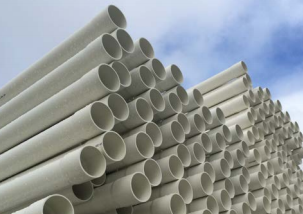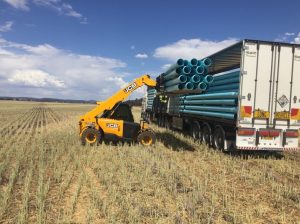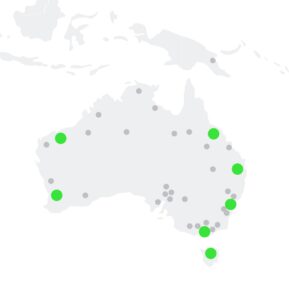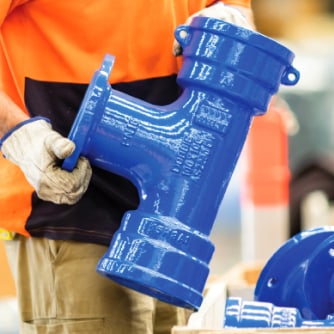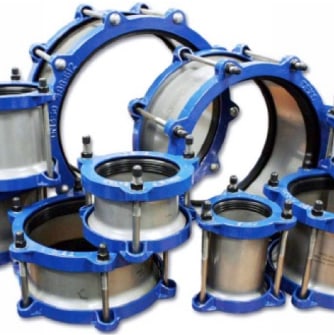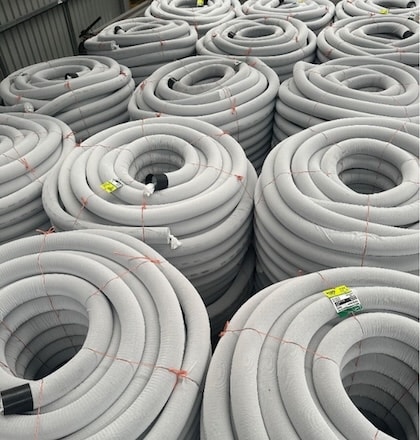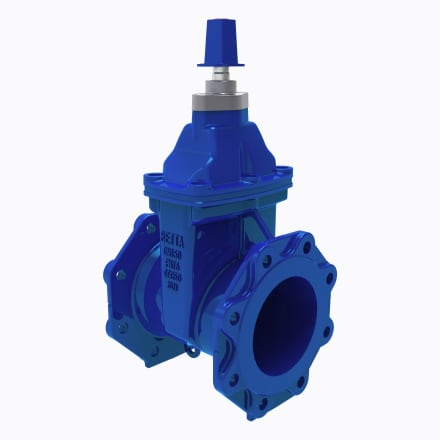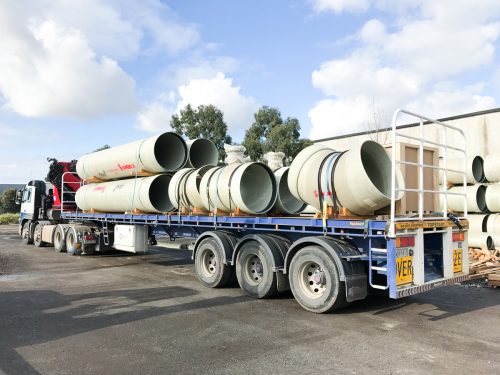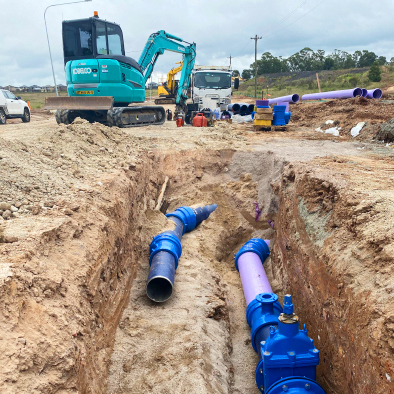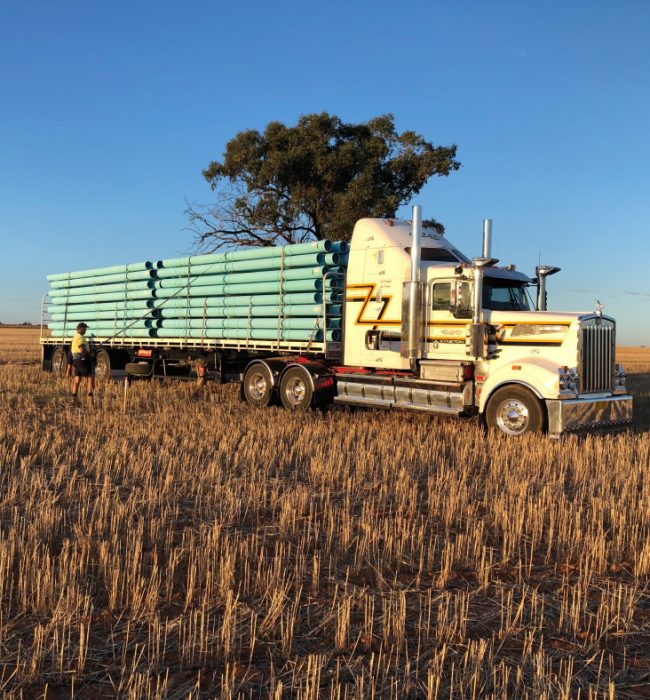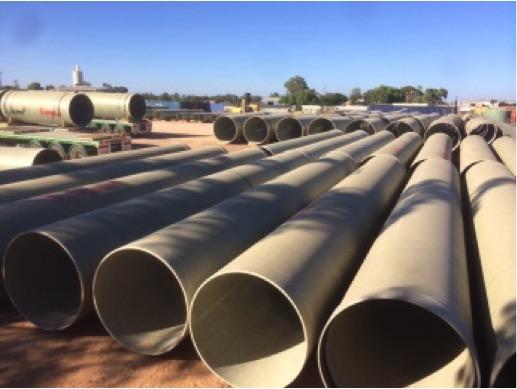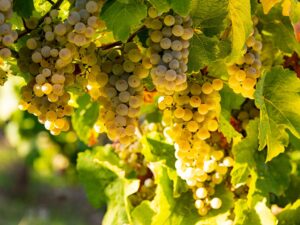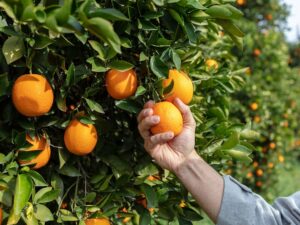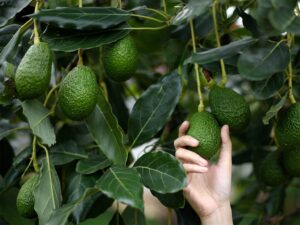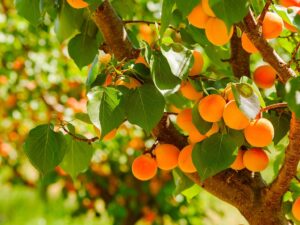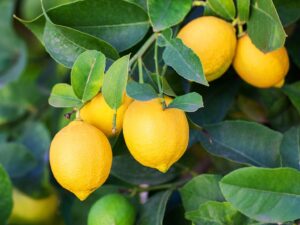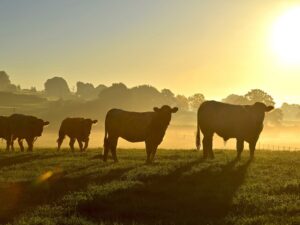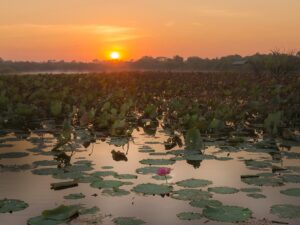Horticulture
Reliable, high quality irrigation systems are crucial to Australian horticulture. The right approach enhances fruit, vegetable, and nut yields by providing consistent water supply, improving quality, and supporting year-round production.
Beef, dairy and livestock
Irrigation supports Australia’s beef, dairy, and livestock industries by ensuring reliable water for pastures, enhancing the quality of feed, boosting industry productivity, and sustaining farming throughout dry periods.
Winemaking and viniculture
Quality irrigation systems play a huge role in supporting Australia’s internationally acclaimed vineyards. Irrigation ensures consistent grape quality, optimises yield efficiency, reduces vine stress, and supports sustainable production practice in varying climates.
Cotton
Cotton production requires substantial irrigation for optimal growth and yield. A quality approach to irrigation can provide drought resilience in unstable growing conditions, supporting stable production and superior quality.
Rice growing
Irrigation systems are crucial for Australian rice cultivation, ensuring sufficient water for optimal plant development, maximising crop yields, maintaining quality, and enabling effective drought mitigation.
Aquaculture
Controlled water environments are critical in Australian fish farming operations. Irrigation provides necessary water flow, maintains water quality, and supports sustainable aquaculture practices.
Golf course, sports ground, and recreational park maintenance
Irrigation is essential for maintaining golf courses and parks, ensuring lush greens, healthy turf, picturesque gardens, and sustainable water use during dry seasons.
Forestry
Irrigation in forestry is vital to support tree growth, improve wood quality, enhance resilience to drought, encourage sustainable yields, and aid in reforestation efforts and broader ecosystem health.
Turf farming
In turf farming, irrigation fosters dense, healthy grass growth. This contributes to consistent quality while supporting the turf industry’s reliability and aesthetic appeal for some of the most watched grounds in Australia.
Bore piping
Through bore piping, irrigation systems deliver much needed groundwater to agriculture, maintain crop health, and support rural communities’ farming productivity and sustainability.
